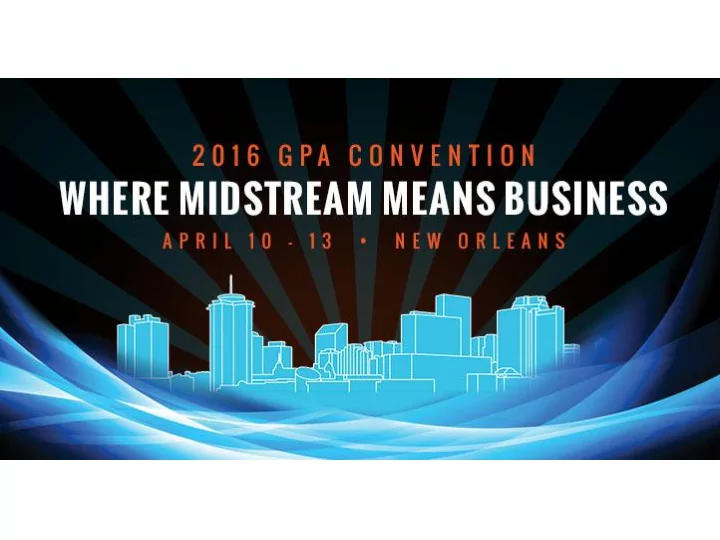

Scot Smith, Director, Zeeco, Inc. Flare Division EMISSIONS TESTING OF SONIC FLARES
Multipoint Ground Flare History • Developed early 1970’s • Zeeco founder was one of the original inventors and listed on original patent • Original installation in 1972 • Many improvements over past 35 years in burner technology • Basic overall concept today is same as original
Original Multipoint Flare Drawings
Burner Development Over 35 Years
Common Burner Characteristics • Use jet action of gas to entrain air for smokeless burning • Smokeless burning over wide pressure ranges • Low radiation • Stable operation at sonic velocity • Multiple burners for unobstructed air access
Modern Sonic Velocity Burners • Variable arm area • Investment cast • Pressure tested at factory • 310 SS cast material • Inherently stable on wide range of gases
Common MPGF Design Concept • Many small burners • Staging system ensures operation in optimum pressure band • Number of burners in service are proportional to gas flow • Typically used for high pressure, heavy hydrocarbon service • Allows for controlled flame length from burners
Typical Staging Curve
Typical Installations
Typical Installations
1983 CMA Testing • Air-assisted flare • Un-assisted flare • Steam-assisted flare • Extractive sampling • EPA involvement • Basis for current flare regulations, 40 CFR 60.18
1983 CMA Testing • Subsequent to all CMA sponsored testing of flare systems, there was a separate test using the same equipment on a pressure-assisted flare tip • Results of that test were submitted to the EPA • Results showed very high destruction efficiency
1983 CMA Test Data on Pressure-Assisted Tip Testing, Crude Propylene Firing
1986 EER Testing for EPA • Further EPA sponsored testing on different type of flare tips • Testing intended to analyze further gas mixtures, alternative gas types, etc. • 3-inch nominal flare tip size for most tests • Testing was performed on pressure-assisted commercially available high velocity flare tips, Commercial tips “E” and “F”
1986 EER Testing on Pressure-Assisted Flare Tips, Propane in Nitrogen
Testing by DOW for Two Installations • Sonic velocity multipoint ground flares • Two different applications, 2007 and 2014 • Nominal 4-inch spider type sonic burners • General test results presented at AFRC Meetings
DOW Pressure-Assisted Tip Testing, AFRC Presentation 2007, Propylene / N2 mix
DOW Pressure-Assisted Tip Testing, AFRC Presentation 2014
Sonic Flare Full Scale Testing for Smokeless / Flame Length / Crosslighting
Multipoint Flare Burner Testing
Multipoint Sonic Flare Testing at Zeeco for DRE • Natural Gas • Propylene • Propane • Inert / H2 Mixtures • Consistently over 99.5% DRE • Summer 2013 - Spring 2015
Multipoint Sonic Flare Testing at Zeeco
Testing Methods Used Several Methods Used for Data Verification: 1. Extractive Sampling 2. PFTIR Analysis 3. Optical Efficiency Monitor Device (FlareSentry TM )
Testing Methods Used 1. Extractive Sampling – Sample hood with venturi suction – Same design as TCEQ / TU tests 2010 – Temperature and FLIR camera for positioning
Testing Methods Used 2. PFTIR Analysis – Common industry test-method – Monitoring relies on operator control
Testing Methods Used 3. Optical Efficiency Monitor Device (FlareSentry TM ) • New technology to directly, autonomously, and continuously monitor flare performance in real time • Requires no operator input Imager for FlareSentry TM ; (Developmental platform; not final product)
Testing Methods Used 3.Optical Efficiency Monitor Device (FlareSentry TM )
Test Area Video
Details for Zeeco’s Recent Sonic Testing • Over 70 test points run • Test gases ranged from 6 to 44 MW • NHV ranged from 440 to 2316 BTU/SCF • Operating pressures ranged from 3 to 30 psig • Mixtures included Propylene, Natural Gas, Propane, H2, CO2, N2
Destruction Efficiency, Sonic Velocity Destruction Efficiency vs Flare Gas Exit Velocity 100.0% Measured Destruction 99.5% Efficiency from Extractive Sampling 99.0% Assumed Destruction 98.5% Efficiency of 40 CFR 60.18 Destruction Efficiency (%) 98.0% 97.5% 97.0% Maximum Allowable Exit Velocity per 40 CFR 60.18 96.5% 96.0% 95.5% 95.0% 0 200 400 600 800 1000 1200 1400 1600 1800 2000 2200 2400 Flare Gas Exit Velocity (ft/s)
Combustion Efficiency, Sonic Velocity Combustion Efficiency versus Flare Gas Exit Velocity 100.0 Measured Combustion 99.5 Efficiency from Extractive Sampling 99.0 Measured Combustion 98.5 Efficiency from IMACC Combustion Efficiency (%) PFTIR technology 98.0 97.5 97.0 Maximum Allowable Exit Velocity per 40 96.5 CFR 60.18 96.0 95.5 95.0 0 100 200 300 400 500 600 700 800 900 1000 1100 1200 1300 1400 1500 Flare Gas Exit Velocity (ft/s)
Comparison of FlareSentry, PFTIR, and Extractive Sampling Data Gases C3H8 C3H8/N2 C3H6 NG NHV (BTU/SCF) 2316 1251 2183 937 40 CFR Maximum Allowable (ft/s) 400 400 400 400 Exit Velocity (ft/s) 841.4 969.9 869.8 1443.5 Mach Number 1.00 1.00 1.00 1.00 Flare Operating Pressure (psig) 16.0 10.3 16.9 15 CE (%) from Extractive Sampling 99.99% 99.99% 99.96% 99.99% CE (%) from PFTIR 99.60% 99.90% 99.60% 99.50% DRE (%) from Extractive Sampling 99.99% 99.99% 99.99% 99.99% DRE (%) from FlareSentry TM 99.80% 99.55% 99.90% 99.70%
CFD Analysis
CFD Analysis
CFD Analysis
General Benefits for MPGF • High destruction efficiencies • Maximum smokeless capacity possible • Low utility usage and cost • Minimizes impact to your neighbors – Radiation fence – Smoke eliminated • Easy access for maintenance • Small plot space
Questions?
Recommend
More recommend